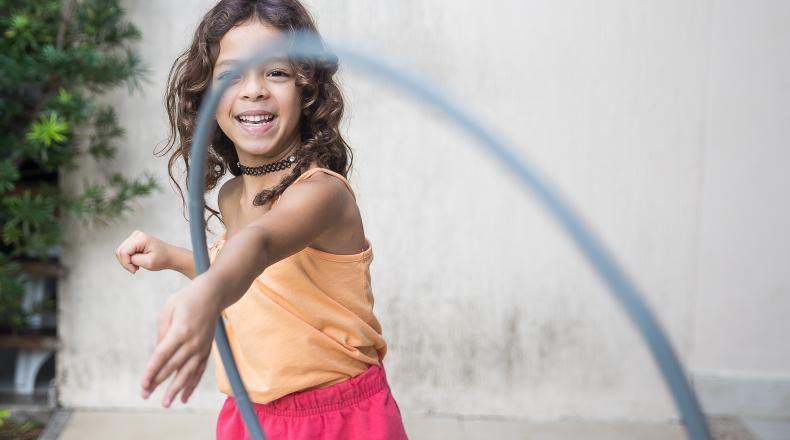How Organizations Are Investing in Women and Girls

Education initiatives receive the most funding from women’s foundations and funds, followed by economic empowerment, security, and self-sufficiency, according to new research from the Women's Philanthropy Institute at the Indiana University Lilly Family School of Philanthropy.
Funded by a grant from the Bill & Melinda Gates Foundation, the report, Women’s Foundations and Funds: A Landscape Study, helps fill a gap in knowledge about more than 200 grant-making organizations and has important implications for donors and nonprofits alike. The report builds on a 2009 landscape study from the Foundation Center and Women’s Funding Network, providing an important update on the growth of women’s foundations and funds while also analyzing the grant-making approaches of a wider group of organizations.
The study examines grant-making organizations and social issues through a gender lens, centering on women’s foundations and funds that specifically invest resources into programs and initiatives that benefit or advance women. While the organizations surveyed vary in terms of geography, assets and grant amounts, they align across a number of key areas, including funding the local community, an emphasis on education and economic empowerment, and participation in activities beyond funding to advance the causes they care about.
The report reached several key findings about funding approaches:
- Most women’s foundations and funds (76 percent) fund nonprofits in their local communities, reflecting the idea that women’s foundations and funds connect the well-being and success of women to the well-being and success of their communities.
- Education initiatives receive the most funding from women’s foundations and funds. Other funding priorities include economic empowerment, security, and self-sufficiency.
- Women’s foundations and funds are often guided by an overarching grant-making philosophy, such as gender lens investing (addressing the specific concerns of women and girls).
The report also revealed the following about the characteristics of these grant-making organizations:
- Annual grant amounts awarded by women’s foundations and funds vary. Nearly half (44 percent) of these organizations distribute less than $100,000 in grants per year, while 40 percent grant between $100,000 and $1 million.
- The vast majority (92 percent) of women’s foundations and funds are publicly funded; anyone can donate.
- About two-thirds (63 percent) of women’s foundations and funds are members or affiliates of larger foundations or other charitable organizations.
- Most women’s foundations and funds are relatively new; 71 percent were established between 1990 and 2010.
- While women’s foundations and funds primarily exist for the purpose of grant-making, nearly two-thirds (64 percent) of these organizations also engage in other activities to support their mission, such as hosting events, conducting research and participating in advocacy on behalf of women and girls.
To learn more, download Women’s Foundations and Funds: A Landscape Study.